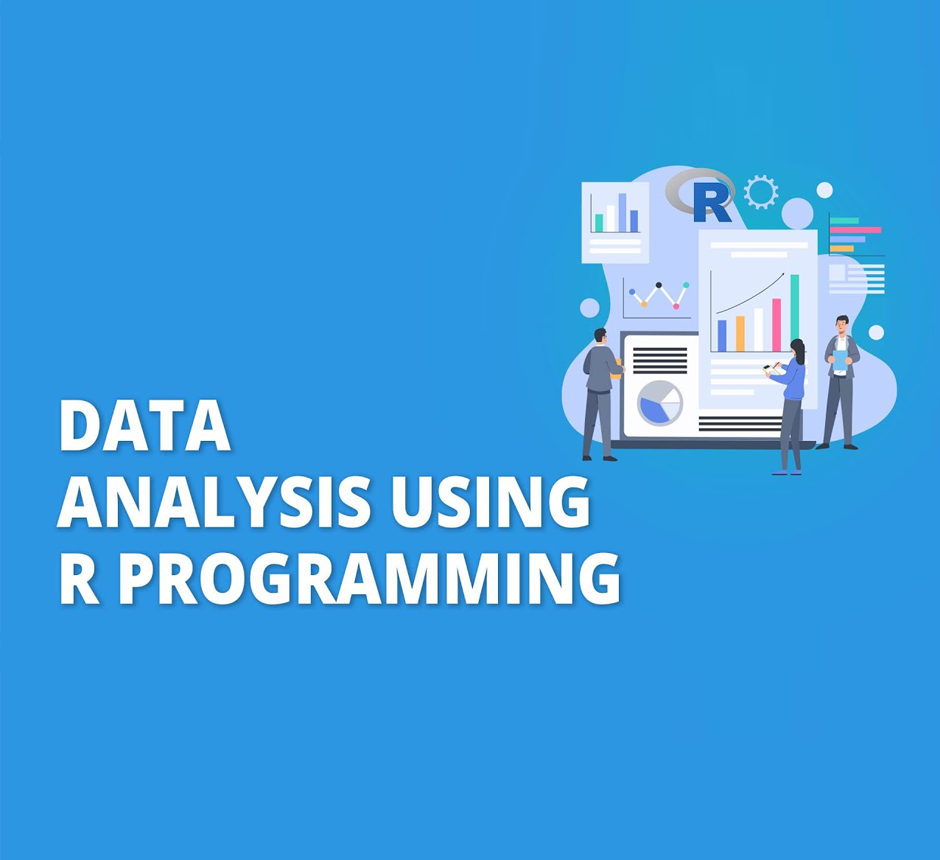What You will Learn
- Introduction to R Programming, R Syntax and Data Structures.
- Installing R and R Studio, Manipulating R Data Frames ,Analyzing Real Datasets using R, Load Excel Files with R.
- Install External Libraries to Power up R, Subset Data, Manipulating R Vectors, Arrays and Matrixes, Plotting Data Using R.
- Organizing your Code in R, Summarizing Data with R, Compute Basic Statistics about a Dataset, Aggregate and Sort Data.
Course Format
- Physical Tutorials
- Assignments
- Industrial Projects
- Certification
Course Duration*
- 1 hr a day
- 3 days a Week
- 3 Assignments
- 1 Project
Course Content
R is a popular programming language used for statistical computing and graphical presentation.
Its most common use is to analyze and visualize data.
Why Use R?
- Custom data collection: R allows companies to build custom data collection, clustering, and analytical models, instead of using a pre-made approach.
- Error checking: R allows companies to build in ways to check for errors in analytical models.
- Reusable queries: R allows companies to easily reuse existing queries and ad-hoc analyses.
- Data preparation: R can reduce time spent on data preparation and data wrangling, allowing data scientists to focus on more complex data science initiatives.
- Reproducible research: R can help with reproducible research.
- Advanced visualizations: R is popular for its visualizations, which can help make data easier to comprehend.
- Overview of Data Analytics.
- Need of Data Analytics.
- Nature of Data.
- Classification of Data: Structured, Semi-Structured, Unstructured, Characteristics of Data, Applications of Data Analytics.
- Overview of R programming.
- Environment setup with R Studio.
- R Commands.
- Variables and Data Types.
- Control Structures.
- Array.
- Matrix.
- Vectors.
- Factors.
- Functions
- R packages.
- Reading and getting data into R (External Data): Using CSV files, XML files, Web Data, JSON files, Databases, Excel files.
- Working with R Charts and Graphs: Histograms,Boxplots,Bar Charts, Line Graphs, Scatterplots, Pie Charts.
- Random Forest.
- Decision Tree.
- Normal and Binomial distributions.
- Time Series Analysis.
- Linear and Multiple Regression.
- Logistic Regression.
- Survival Analysis.
- Creating data for analytics through designed experiments.
- Creating data for analytics through active learning.
- Creating data for analytics through reinforcement learning.
Course Mentor(s)
+
Persons Mentored
+
Workshops Attended
Stay Connected with Us
Subscribe us now to get informations about new offerings, latest happenings from and around us


